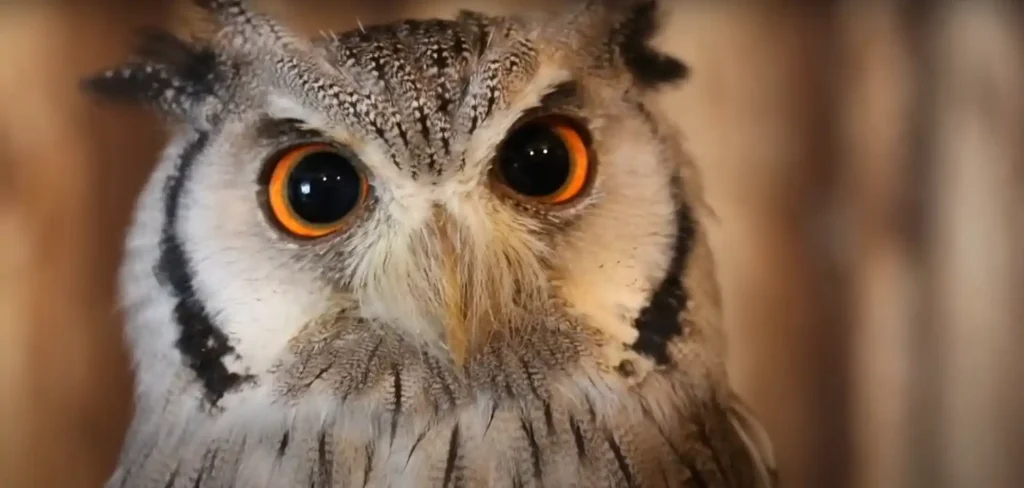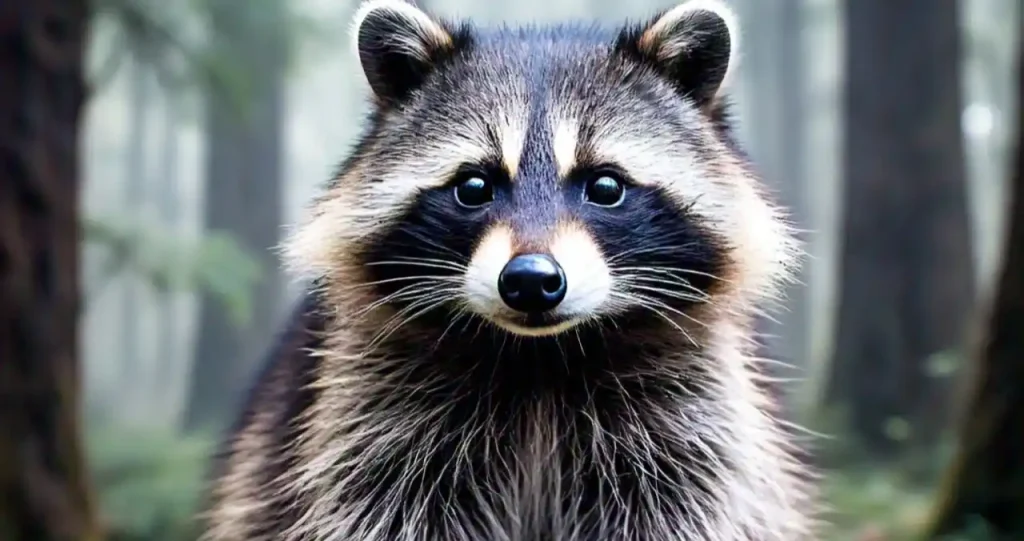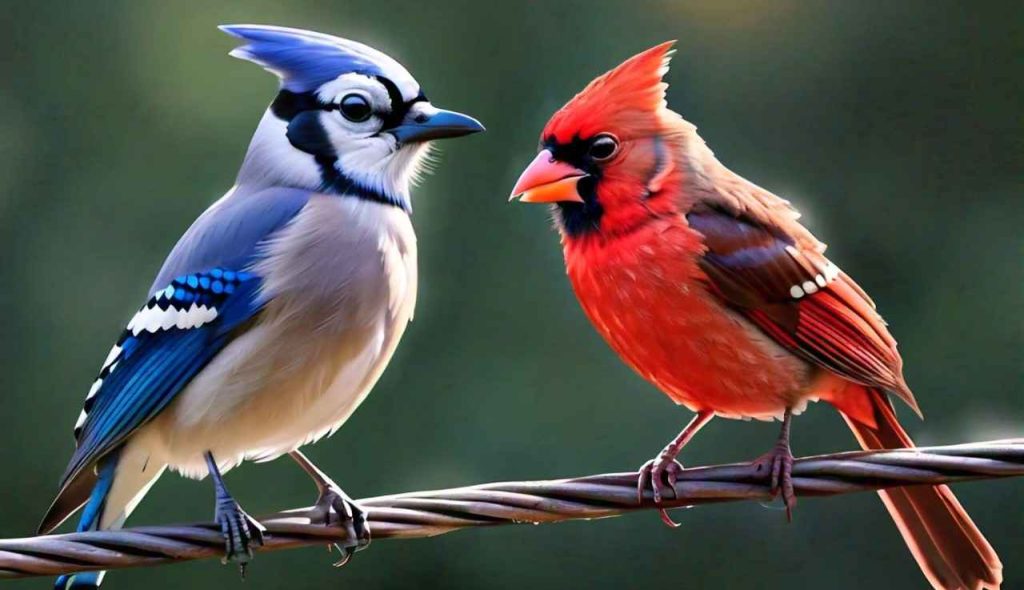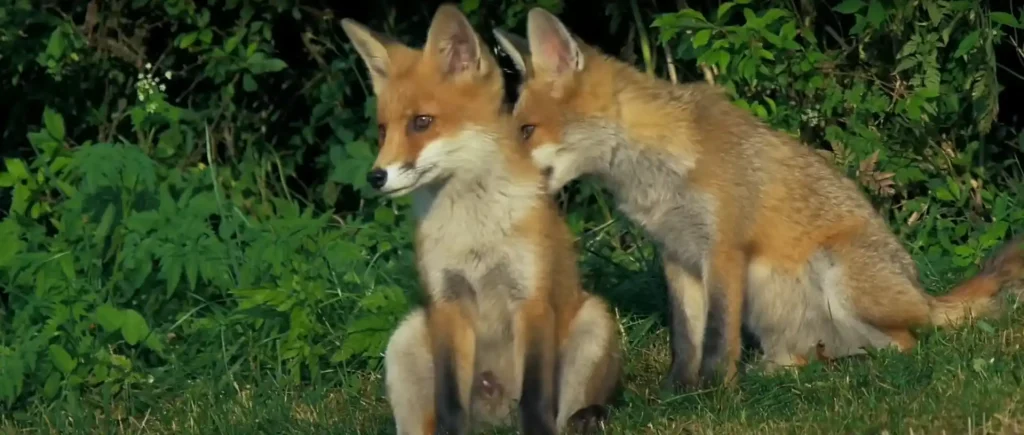An owl staring at you is often seen as a powerful sign of awareness, focus, and personal transformation. It may signal that you’re being guided to trust your instincts, uncover hidden truths, and embrace a period of growth in your life.
- An owl staring at you is a sign of intuition and inner wisdom.
- It often means a message or change is coming.
- Spiritually, it shows protection and guidance.
- It reminds you to think deeply and stay aware.
- Seeing it often may mean it’s your spirit animal.
One evening, I saw an owl. It stares directly at me with clear, steady eyes. That moment felt special, like I had to pay attention to something important happening in my life.
Owls have sharp vision and deep focus, and their gaze can symbolise clarity and greater awareness.

Table of Contents
ToggleLook Deeper
People say this kind of look means you should look deeply at a situation. Spiritually, the owl may be helping you feel guided, reminding you to trust your instincts and move toward deeper understanding. This lays the groundwork for noticing signs in our interactions, which are often laden with spiritual significance.
Meaningful Gaze
When an owl gazes at you, it may signify that something meaningful is taking place. This has strong symbolism in many cultures, where owls are known to offer wise messages. These messages can be enlightening and help bring peace, depending on the context of the encounter.
Wise Symbol
Owls are seen as symbols of wisdom and knowledge. When one fixes its eyes on you, it’s often believed to be a nudge to open eyes to a new truth. This truth can be both intellectual and intuitive, and it often encourages you to see beyond the surface, noticing what’s going on around and upon us.
Change Signal
An owl’s stare is often a signal of a significant moment of change or transition. This can relate to personal growth or signal a new chapter in life. Some also say it’s a reminder that growth is a constant part of our lives and important for our journey.
Hidden Messages
When an owl looks at you, it might be indicating that there are secrets or hidden messages nearby. These may be ready for you to uncover if you start listening closely to your inner voice. The universe is always sending signs, and each stare can mean something you deeply need to understand.
Spiritual Support
In many traditions, the owl is seen as a source of spiritual protection. It is a guardian and protector that may suggest you’re being watched over. Some believe spiritual entities are near during these times, providing comfort and reassurance.
Live Fully
In moments of change or thought, the owl may remind us of the beauty of existence. It encourages us to live fully and enjoy the present, not missing the special parts of life. I’ve thought about this often, and it’s helped me tune into quiet wisdom around me.
Guided Meaning
Interpreting this means using your intuition while considering your current circumstances. The message may vary greatly from person to person, but it’s often believed that something is reaching out to guide or gently warn you toward growth.
How to React When an Owl Stares at You

Stay calm and still when an owl stares at you, as this rare moment may carry a symbolic message. Acknowledge the owl’s presence with quiet respect, reflect on your current thoughts or life path, and allow the experience to guide your inner awareness.
Seeing an owl look directly at you is rare and meaningful. Its steady eyes and quiet stare often carry a spiritual message for those who are open to it.
The best way to react is by being calm and present. This special moment deserves your full attention. Let your instinct guide you to stay quiet and peaceful so your feelings are receptive and open.
Owls are creatures of the night, and their appearance can be significant in many cultures. Some believe their gaze offers guidance, wisdom, and insight into life situations that need reflection.
Think about any decisions or changes in your life. Their focused gaze may be guiding you toward greater knowledge or encouraging you to prepare for what’s ahead.
A simple nod or silent thanks can show your acknowledgement and respect for the natural world. This quiet interaction can create a sense of connection and openness to receiving something meaningful.
Afterwards, take a few moments to meditate or write in a journal. Contemplating the experience helps bring understanding and may help you decipher the significance of the moment.
Some see an owl’s look as a warning or a sign of protection, while others feel it’s a chance for introspection. The nuances of each unique meeting with these mystical creatures offer profound guidance when you’re willing to notice it.
The Owl in Different Cultures

The Owl in Different Cultures is seen as a powerful symbol of wisdom, guidance, and protection. In Native American tribes, owls are worshipped as messengers that help souls during transitions.
Ancient Greeks linked the owl with Athena, symbolizing intelligence and foresight. The Celts viewed owls as guardians, guiding spirits after death. In Hindu culture, owls are connected to Lakshmi, the deity of wealth and prosperity.
Native American Beliefs
The Owl in Different Cultures is a symbol that many people respect and admire. Owls are often seen as signs of wisdom, guidance, and protection.
Native American tribes worshipped owls and believed they acted as messengers, helping souls in their transition between worlds. This made owls very important in their beliefs about life and change.
Greek Symbolism
In Ancient Greece, the owl was linked to Athena, the goddess of wisdom. The Greeks often depicted the owl on their coins as a sign of intelligence, foresight, and deep knowledge. The owl stood for smart thinking and careful planning.
Celtic Guardians
The Celts saw owls as protectors of the night and guides to the afterlife. They believed owls helped spirits find their way after death and represented rebirth. Owls were important guardians in Celtic stories and traditions.
Hindu Prosperity
In Hindu culture, owls are seen as signs of wealth and prosperity. They are associated with Lakshmi, the deity who brings good fortune and abundance. Owls in this culture are seen as a blessing for success and happiness.
What is the Religious Meaning of Owls?

The religious meaning of owls varies across cultures. In Buddhism, owls symbolize meditation, introspection, and spiritual awareness. In Christianity, they represent wisdom and insight and are seen as powerful symbols linked to mystery and the unknown.
The religious meaning of owls often reflects different cultural beliefs. In Buddhism, owls are seen as symbols of meditation and introspection.
Their ability to see in the dark makes them strong metaphors for spiritual awareness. This shows how owls help people look beyond illusions in the material world and encourage inner reflection.
In other religious contexts, like Christianity, owls represent wisdom and insight. They are regarded as powerful creatures connected to mystery and the unknown.
Owls in these traditions remind us to seek knowledge and understanding, highlighting their deep spiritual importance.
How to Incorporate Owl Encounters into Your Spiritual Practice

Begin by mindfully observing the owl, then use meditation, journaling, nature walks, and sacred spaces to connect spiritually. These actions help draw insight, guidance, and deeper meaning into your daily life.
Spiritual Encounter
Seeing an owl can become a powerful part of your spiritual journey. The moment of an owl encounter, especially with strong eye contact, can be filled with wisdom and meaning.
Quiet Meditation
Begin with meditation. Sit quietly, think about the gaze of the owl, and allow your thoughts to settle. These calm moments help you internalize the spiritual significance and may bring hidden insights or guidance about your life.
Insight Journaling
After your reflection, move to journaling. Describe the circumstances, your feelings, thoughts, and any intuitive hits. Whether you were observing, dreaming, or just sensing, writing helps capture the moment and reveal symbolic meanings that become clearer over time.
Tracking Patterns
Use a spiritual journal to track these animal encounters. You may begin to see patterns, important messages, and how they unfold over different parts of your personal journey.
Sacred Space
Build a small altar in your home if you’re drawn to the energy of the owl. Add representations like figurines, images, feathers, stones, and candles.
This dedicated space becomes a physical reminder of the lessons, protection, and spiritual qualities the owl brings.
Nature Connection
Spend more time in nature, where owls live. Go on quiet walks at dawn or dusk when they are most active. Observing their behavior, sounds, and habitat strengthens your connection to the natural world and helps you feel their essence more clearly.
Daily Integration
These steps become part of your daily routines and help you stay engaged with your spiritual routine. As you keep integrating these mystical experiences, each owl encounter can bring profound, guiding experiences that shape your practice and enrich your journey.
How to Know if an Owl is Your Spirit Animal

You may feel a strong connection to owls through frequent sightings, dreams, or symbols. If you resonate with their wisdom, intuition, and presence during times of change, the owl may be guiding you as your spirit animal.
Meaningful Encounters
When I first noticed the owl, I felt something special. Seeing it in daily life, dreams, or even as small symbols gave me a sense of quiet guidance. These moments didn’t feel random—they felt like signs with meaning.
The encounters happened too frequently to be a coincidence, and the imagery stayed with me. These repeated meetings often bring comfort and a sense of purpose, as if the owl is gently reminding you to pay attention to your inner voice and the world around you.
Emotional Connection
The spirit of the owl felt calm and wise. As I started recognizing these repeated interactions, I began to understand that the owl might be my spirit animal.
There was something about it that made me feel drawn, not just with fascination, but in an instinctive and emotional way. This connection often feels deep and personal, as if the owl understands parts of you that are hidden even from yourself.
Wisdom and Intuition
The owl stands for wisdom, intuition, and the ability to navigate the unknown. These qualities are deeply associated with those who value silence and insight. I found that I was more aware and had more clarity in difficult moments.
I began trusting my instincts more and noticed a growing sense of understanding. The owl encourages you to listen to your inner guidance and trust that your intuition can lead you through uncertainty with calm confidence.
Night and Shadows
Owls are creatures of the night. They are not afraid of shadows or darkness. I saw this as a sign of being open to what’s hidden and willing to explore the truth that is not always easy to see.
Their quiet presence gave me peace and encouraged me to see the value in mystery and the strength in patience. This teaches us that facing the unknown with calm and curiosity can bring important revelations and personal growth.
Transformation Support
During times of transition, the owl showed up again. It was there through personal growth, quiet yet strong. It helped me navigate these changes and gave me a sense of being supported.
In those moments, I felt like I was learning, and slowly, I began to emerge wiser and more grounded. The owl’s energy often signals that you are on the right path to becoming a better version of yourself, reminding you to stay steady through all changes.
Seeking Guidance
The owl’s spirit seemed to be with me as I kept seeking balance and truth. It became clear that this animal was a symbol of transformation and change, and I was moving forward with its guidance.
This ongoing journey with the owl encourages openness to new experiences and inner growth, showing that guidance is always available if you stay connected and aware.
What Does It Mean When an Owl Appears Near Your Home?

An owl appearing near your home is seen as a sign of transformation and new beginnings. Many cultures believe it brings wisdom, guidance, and the chance to reflect on personal growth.
An owl appearing near your home can feel like a powerful moment. Some people say it’s a sign of transformation, giving a quiet call to reflect on personal matters.
It may seem small, but it holds meaning. In my own life, I once saw an owl just as I was thinking about a big life choice. That presence gave me peace and helped me think clearly.
In many cultures, owls are believed to be protectors. Their presence is viewed as a symbol of wisdom, and they are often seen as guides during new paths in life.
This visit can suggest a coming change—sometimes an external shift, other times something inside you. Either way, it reminds us to prepare for new opportunities and experiences ahead.
Whether you’re going through something or just feel unsure, seeing an owl may be the sign you needed. It can bring comfort, help you feel watched over, and give you strength to move forward with purpose.
Frequently Asked Questions
What does it mean when an owl hoots at night?
When an owl hoots at night, it may be sending a spiritual message. The sound often means you should listen to your inner voice or pay attention to a life change. It can also be a gentle nudge to reflect and look deeper within.
Why do owls stare at you?
An owl’s stare often means you need clarity or truth in your life. Spiritually, it shows a time for growth, focus, and trusting your feelings. The gaze may guide you to become more aware of what’s happening around you.
Are owls a sign of death?
Owls are not a sign of death but often show up during times of change. They guide people through transitions, offering wisdom and support. Many cultures see them as protectors and helpers during life shifts.
Is it good to see an owl during the day?
Yes, seeing an owl in the day is special and meaningful. It may symbolize awareness, blessings, or a moment of insight. This rare sight can guide you to stay alert and open to new lessons.
Are owls a sign of fertility?
In some traditions, owls are linked to abundance and good fortune. They are seen as spiritual messengers that bring growth and life. Seeing one can be a hopeful sign of creation or blessings ahead.
Can seeing an owl mean you are being watched over?
Yes, seeing an owl may mean spiritual protection is near. Many believe owls act as guardians offering calm and guidance. Their presence can bring comfort and remind you that you are not alone.
What does it mean when an owl touches you?
If an owl touches you, it may be a powerful spiritual sign. It shows connection, trust, and a moment of guidance. This rare event can mean you’re ready to receive deeper truths or wisdom.
Is it good luck if an owl stares at you?
Yes, it is often seen as good luck. An owl’s stare can mean you’re about to gain insight or face an important moment. It brings focus, clarity, and spiritual support.
What does it mean when an owl sees you?
When an owl sees you, it may be sending a message. It’s a sign to pay attention to your path, thoughts, or choices. Spiritually, it means awareness and understanding are near.
What is the spiritual message of the owl?
The owl’s message is about wisdom, change, and inner guidance. It invites you to trust yourself and seek truth beyond what you see. Owls remind us to stay aware and open to life’s deeper meanings.
Disclaimer
At SpiritualGleam, we explore the deep spiritual and symbolic meanings of life’s many facets. Our insights are based on a blend of ancient wisdom and personal interpretations. Please note that our content is for informational purposes only and should not replace professional advice.





